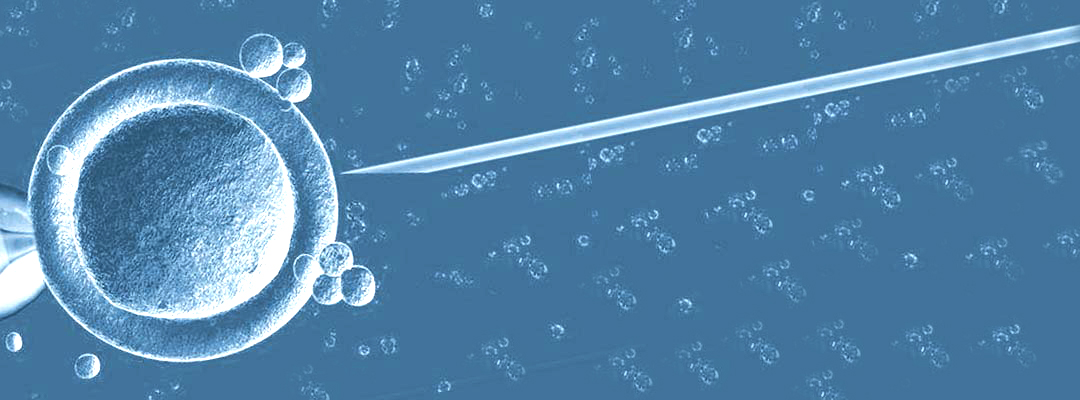Facts about IVF and Tubal Pregnancy you should know

Tubal pregnancy can occur regardless of how you conceive a pregnancy. There are many unique aspects of a tubal pregnancy that involve IVF procedures. Below are a few facts on IVF and Tubal pregnancy.
- A tubal pregnancy is a type of an ectopic pregnancy in which the embryo attaches outside the uterine cavity. While performing an In-vitro fertilization treatment, embryos are placed inside the uterus. Although the succeeding uterine contractions squeeze the embryos in your fallopian tubes for implantation, may lead to a tubal pregnancy.
- IVF pregnancy for the first time was a tubal pregnancy. With the help of IVF, more than one embryo can be implanted making it possible to obtain an unusual combination of tubal and intrauterine pregnancies, for example, one embryo in the fallopian tube and other in the uterus (heterogeneous pregnancy).
- The occurrence of tubal pregnancy after an IVF treatment is around 2%-5%. Also, there is an evident increased chance of getting an isthmic or corneal tube pregnancy with IVF.
- At present, many fertility centers are conducting embryo transfer under ultrasound guidance. This helps in successful embryo implantations and surprisingly, ultrasound guidance does not play any role in reducing the chances of having tubal pregnancy with IVF.
- Despite of scanty evidences, it is suggested that high placement of embryos, more volumes of transfer media and swift plunging of the syringe attached to the catheter might elevate the chances of having tubal pregnancies.
- The risk factor of tubal pregnancy grows with number of embryos implanted in an IVF treatment.
- Women undertaking IVF due to tubal factor have higher risk of tubal pregnancy compared to women undergoing IVF for male factor infertility.
- It is also said that “embryo factor” may exist. This includes cell adhesion protein and E-cadherin which play an important role in blastocyst development before implantation process. In an IVF treatment, the embryos are introduced to different growth factors and cytokine milieu during In-vutro culture in contrast to naturally conceived embryos. This leads to a variation in embryo localization if E-cadherin is making difficult for embryos to implant in the uterus and rather navigate towards the fallopian tubes and get attached to the tubal epithelium.
- If you have been diagnosed well in time, there are chances to treat tubal pregnancy through medications like Methotrexate to prevent surgery. Especially for IVF patients, one should be extra careful to eliminate a simultaneous intrauterine pregnancy where one egg is attached to uterus and the other to the tube or both attached to the fallopian tubes. In this case, surgery is the best option to get relief from tubal pregnancy.
- Patients with a history of a single tubal pregnancy may have approximately 60% chances of an unplanned intrauterine pregnancy. However, patients who have experienced tubal pregnancy twice, the most suitable method would be an IVF treatment in India.
International Fertility Centre, a leading IVF clinic in India, offers a varied range of fertility treatments and services to make every infertile couple have a child through assisted reproductive technology methods like IVF, IUI, ICSI and much more.
Get world class Infertility Treatment at the most affordable prices with high Success Rates. Consult Us now by submitting your queries in the section mentioned below or write us at [email protected]
